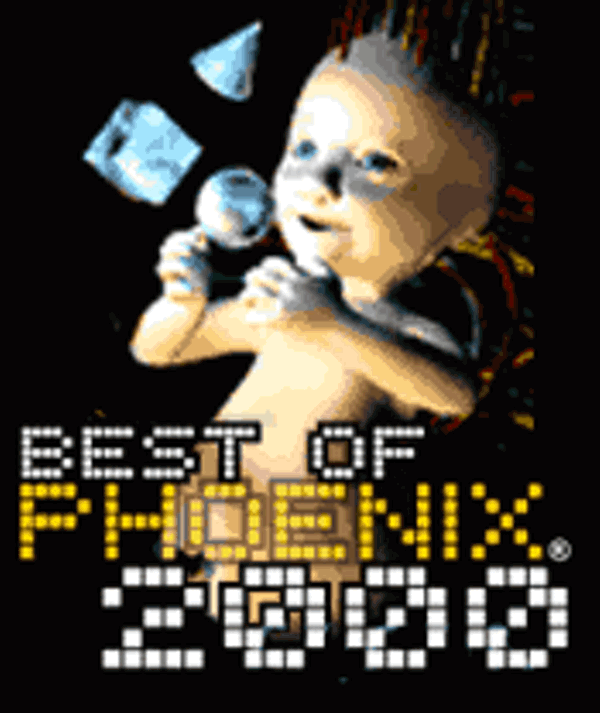When forward Tom Gugliotta blew out his left knee, people felt bad for him, but nobody panicked. When Rex Chapman, Penny Hardaway and Shawn Marion took turns missing long stretches of the season, fans felt frustrated, but nobody panicked.
But when All-Star point guard Jason Kidd fractured his left ankle with a month left in the regular season, your last name didn't have to be Colangelo to know that Phoenix was witnessing a total eclipse of the Suns. What other injury would send the team into such a fit of desperation that it would drag Kevin Johnson out of the retirement home for one last waltz at point guard?
That's how important Jason Kidd is to this team. With all due respect to Randy Johnson, there is no other professional athlete in this town so utterly indispensable to his team.
In 1999-2000, Kidd didn't quite match his astonishing pace of the year before, when he was probably more deserving of the league MVP award than eventual winner Karl Malone. Nonetheless, Kidd was routinely dominant, leading the league in assists (10.1 per game), finishing fifth in steals (2.0 per game), and averaging 14.3 points and 7.2 rebounds per game. And -- as always -- he was an iron man, averaging nearly 40 minutes a game.
The true measure of Kidd's greatness, though, is the way he always seems to play at a different speed from the rest of the team, tirelessly pushing the ball up the floor, driving his teammates with the urgency of a warrior who knows that he won't be mentioned in the same breath with his idol, Magic Johnson, until he starts putting championship rings on his fingers.
Readers' Choice: Randy Johnson





